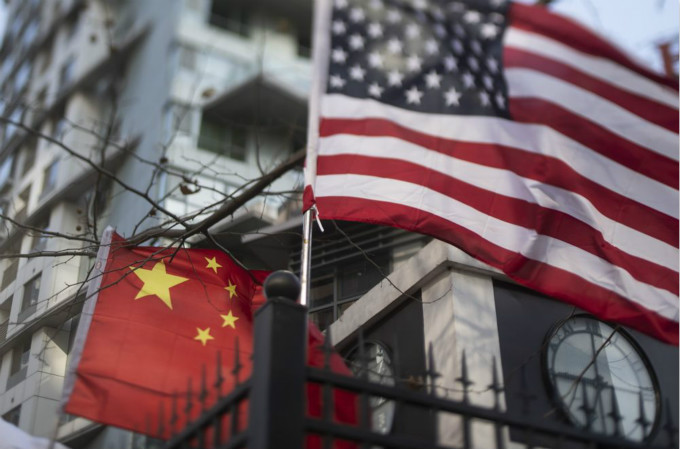
By Anita Inder Singh
Is a China-US Cold War in the Offing?
Does
US-China rivalry represent a Cold War? Is China another communist rival that views the US as a foe and seeks to
displace it as the primary Asian and global power? Possibly. However, a Cold War
between the US and China is avoidable. The
hallmark of the US-Soviet Cold War (1947-91) was the non-warring state of
political tension between the two superpowers who viewed each other as
military, ideological, social and economic enemies. The possession of destructive
nuclear weapons by both was the main deterrent to the outbreak of military
conflict.
Unlike the
US and former Soviet Union, the main characteristic of the China-US rivalry is
their economic competition. And unlike the USSR, China is not cut off from the
world and is well integrated into the global economic system. What has
confounded, puzzled and disappointed many in the West is that China’s progress shows
little sign of leading it to democracy. On the contrary China claims that its development
model — whether labelled “socialism” or “state capitalism with Chinese
characteristics” — is superior to those of western democracies. However, that does not stop it from integrating
into the global economy. Rather, it is a party to many international trade
deals. Additionally, unlike the Soviet Union, it is a member of the
International Monetary Fund and World Bank.
China’s Power Rests on its Progress
China differs from the erstwhile Soviet superpower in other ways, too. The weak Soviet economy could not sustain its superpower.
The outstanding fact about China is that economic prowess has advanced its world influence. Whether this amounts to challenging the US globally is unclear. Economically, the trade war shows that China can stand up to the US despite losses. Militarily, it cannot. Its exact defense spending is uncertain, but its defense budget is at least one-third less than America’s USD 693 million.
China claims that its model of development is superior to that of the US. However, the implication that autocracy is necessary to achieve economic growth is wrong. After their total defeat in the Second World War, democratic Japan and West Germany had become the economic wunderkinder of Asia and Europe respectively by the 1960s. They were US allies. More than two decades later, the totalitarian USSR collapsed in 1991 and disintegrated into 15 new states. In China itself, Mao Zedong’s brand of revolutionary autocracy failed to transform China into a great power.
In the 21st century, China’s expanding military arsenal highlights its military superiority in Asia. This military power certainly challenges American air bases and aircraft carriers in the Asia-Pacific. Arne Westad, a US-based historian, argues that the US can no longer claim supremacy in the region. This opinion is controversial. Another US-based analyst, Min Xin Pei, makes the case that China has embarked on an unsustainable arms race with the US.
As this controversy continues, the world can only wait and see whether China will achieve its ambition of creating top-class armed forces by 2050, and whether its military would by then be capable of global deployment. Also, would an excellent Chinese army be able to challenge America’s military ascendancy in Asia — which Washington would surely try to maintain?
Nevertheless, among Asian states, China is the main Asian and international challenger to the US — even if it is not a global power.
Does this point to military rivalry becoming part of the US-China tie and developing into a Cold War? A mixed picture emerges in the Asia-Pacific. The US and its Asian friends are undoubtedly concerned about China’s military ambitions in the South and East China Seas. The Philippines and Japan are among the American allies affected by China’s claims. China’s territorial ambitions also worry America’s old foe, Vietnam. However, the Philippines and Vietnam are on China’s Belt and Road Initiative (BRI) and welcome Chinese investment, though not without quarrels about the conditions demanded by China when it makes investments. For its part, China is indignant about the US insistence on freedom of navigation in the international waters of the South and East China Seas.
China is aware that economic interaction with the US has advanced its global economic influence. So, it is unlikely that it would want either a Cold War or armed conflict with the US.
Economics explains why China may not want war. Unlike the Soviet Union, China’s military strength is backed by economic prowess. Its nominal per capita income zoomed from USD 333 in 1991 to more than USD 7,000 in less than three decades.
The Chinese and US economies are intertwined. In contrast, the Soviet Union isolated itself from the world economy. The trade war is actually highlighting the interconnection between the Chinese and American economies. Exports account for nearly one-third of China’s GDP growth. The US is China’s largest trading partner and buys 19 percent of its exports. China’s main customer in the European Union (EU) — Germany — buys a mere 3.2 percent of its exports, while neighboring Japan, another Asian economic tiger, buys 6.2 percent.
At the intellectual level, China is well connected to the US and to the world. One significant illustration of this point is presence of more than 300,000 Chinese students in the US alone. Both the former USSR and 21st century Russia are a significant contrast to China in this respect. Russian students in the US number around 5,000. Over the last few years, Putin has been calling on them to return to Russia.
If economics is the main driver of China’s BRI, how will the US counter its economic influence? Given that China’s obvious strength is economic power, China is growing influence shows up the strong link between economics and security.
With its BRI stretching across Europe, West, Central, South, Central and Southeast Asia, China gains prominence as a global economic power. International organizations including the United Nations and World Bank have welcomed its international investments. Its Asian Infrastructure Investment Bank only enhances its image as a world economic powerhouse, second only to the US.
One problem is that Trump’s trade war has made the US appear as a most unattractive economic suitor to Asian countries. Although China is bearing the brunt of Trump’s trade war, the fight has upset America’s European and Asian friends as well. The EU is too divided and incoherent to replace the US as a western leader on global trade or indeed on any global issue.
At another level, Trump’s withdrawal of the US from the Trans-Pacific Partnership has aroused the fears of Asian countries that the US is an unreliable partner. This pessimistic view of the US can only work to China’s advantage as it offers investment to Asian countries. The US has yet to work out and announce a comprehensive economic strategy to counter the BRI. Meanwhile, on the strategic plane, Trump’s vague Indo-Pacific concept has failed to arouse enthusiasm among China’s Southeast Asian neighbors.
Outlook
US-China economic ties underline the intertwining of economic cooperation and competition. China is aware that economic interaction with the US has advanced its global economic influence. So, it is unlikely that it would want either a Cold War or armed conflict with the US. The primary condition for the absence of Cold or Hot War between China and the US is economic, even as they simultaneously trade with each other and engage in a trade war. In contrast, the US and USSR avoided armed conflict because of the fear of nuclear self-destruction.
The Sino-US rivalry will be a long-drawn-out affair. However, the chances are that the US and China will not become embroiled in a Cold (or Hot) War.




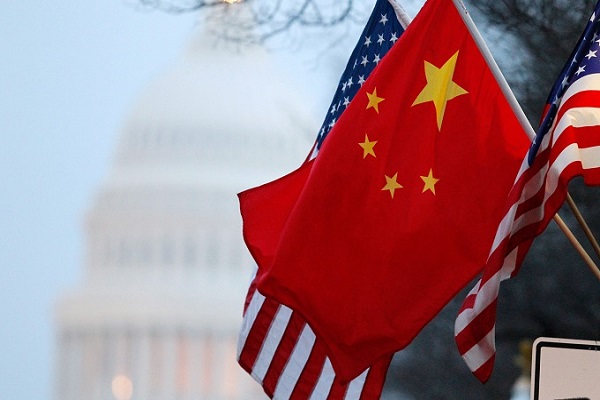

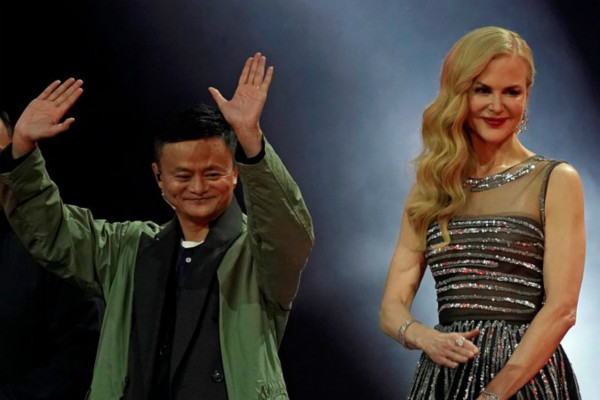
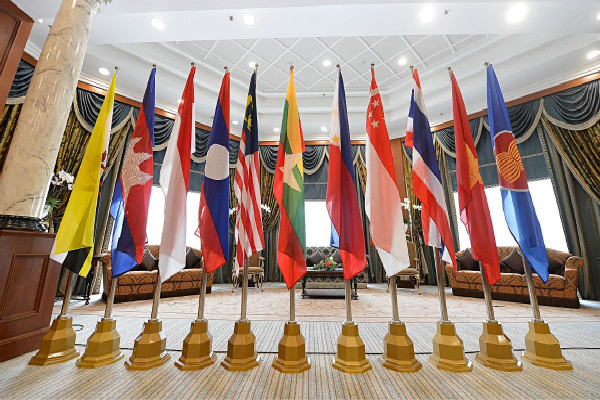
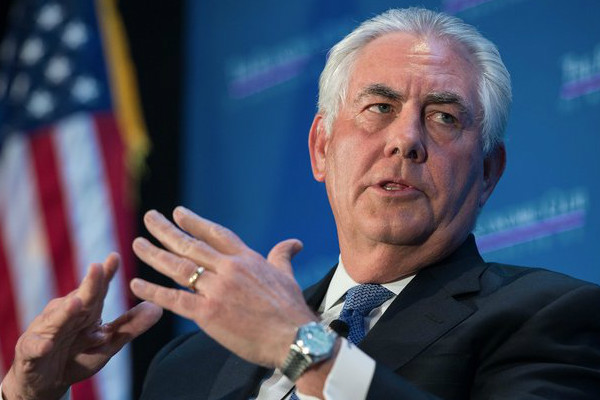
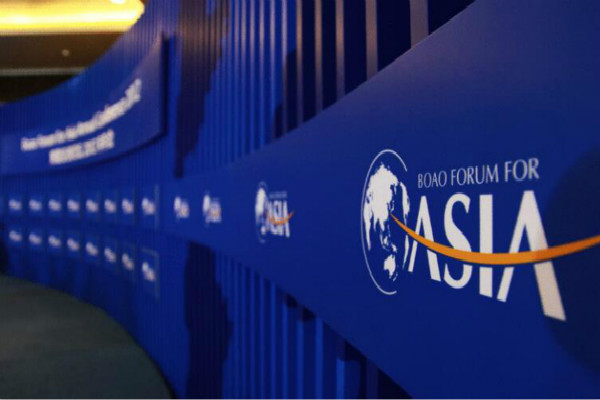

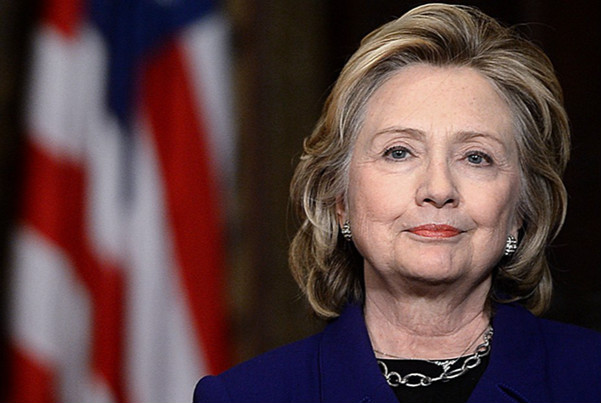
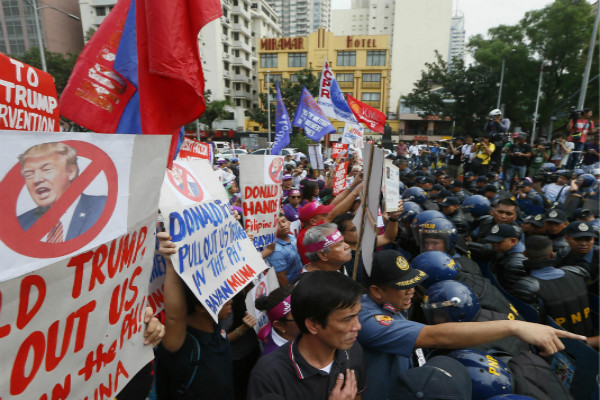


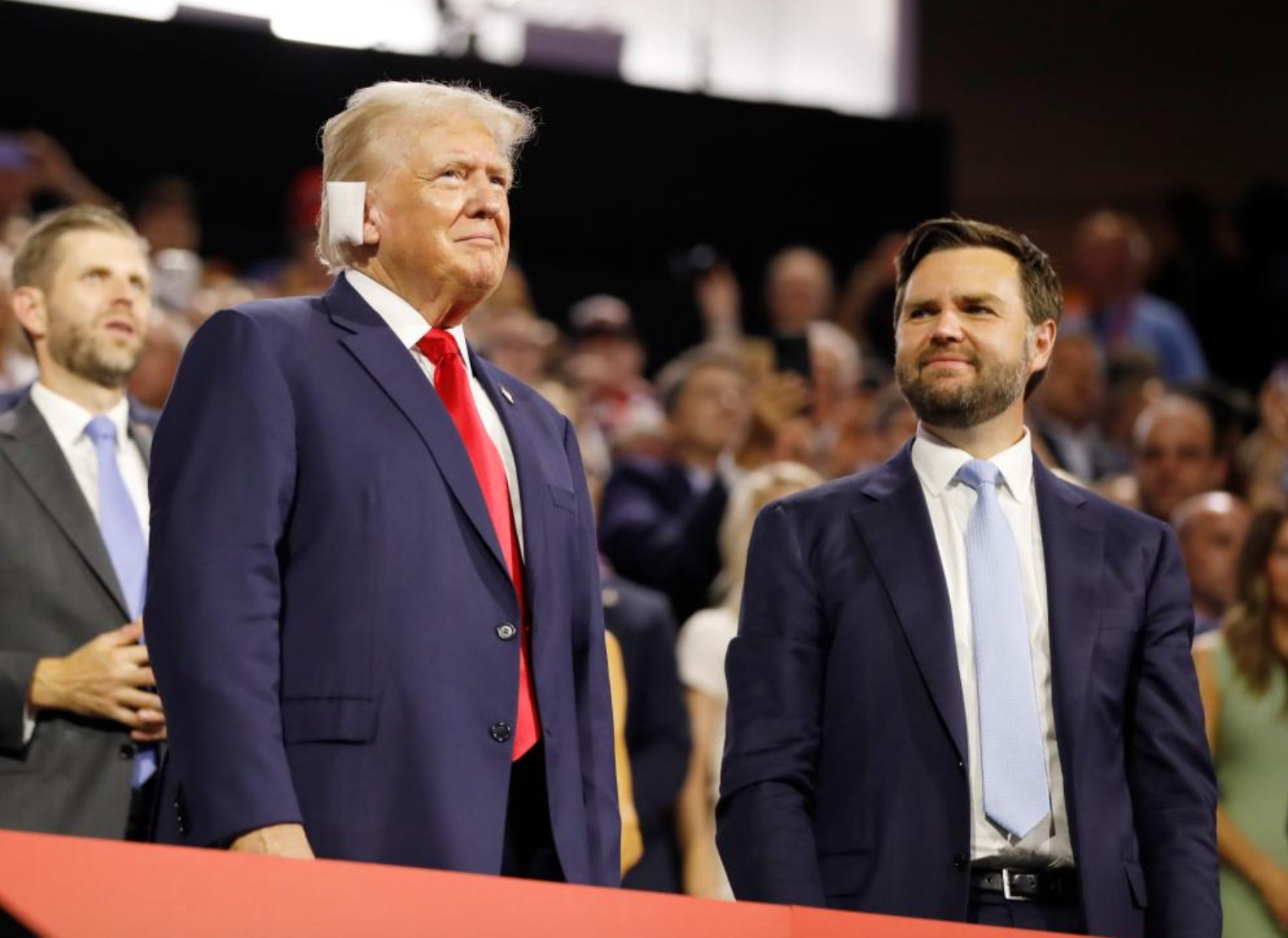

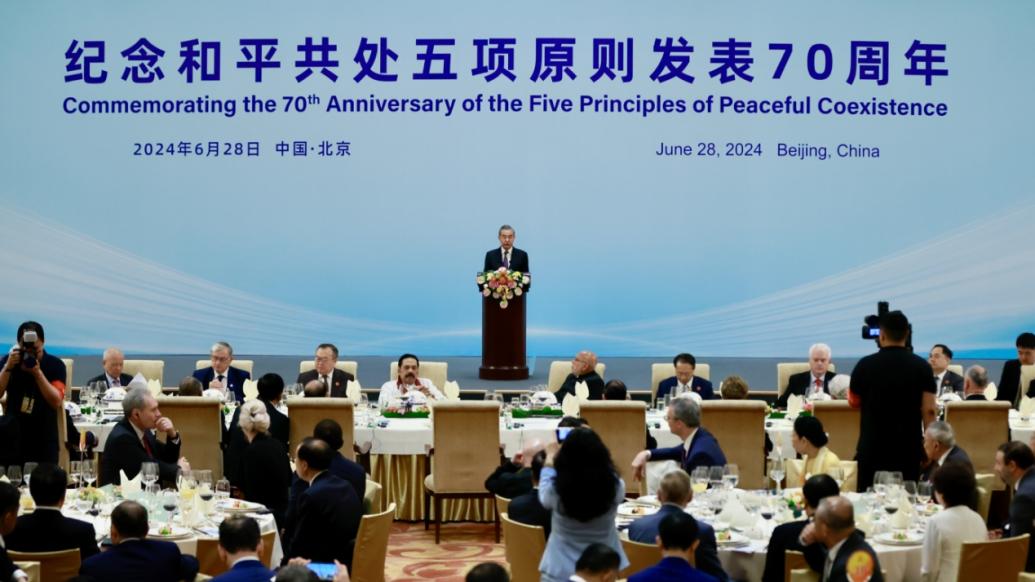

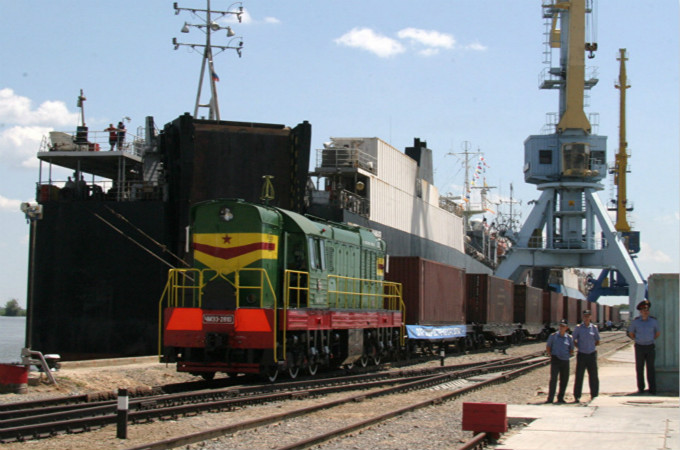
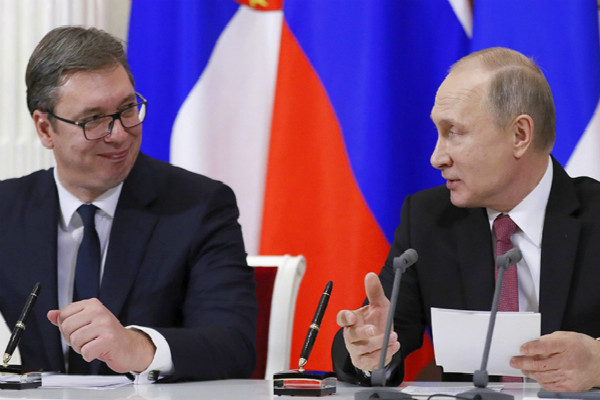
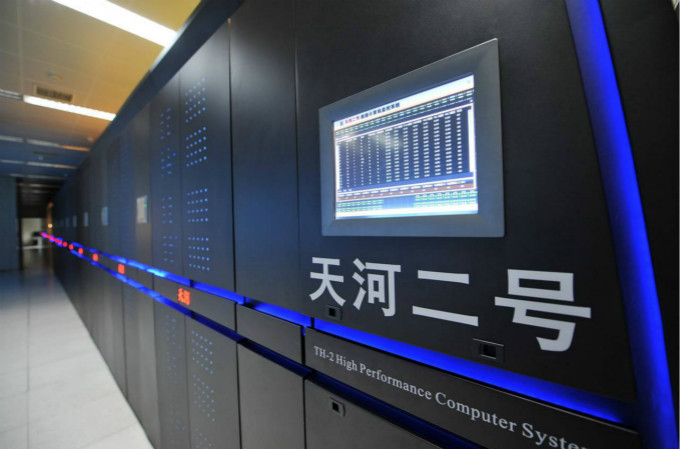
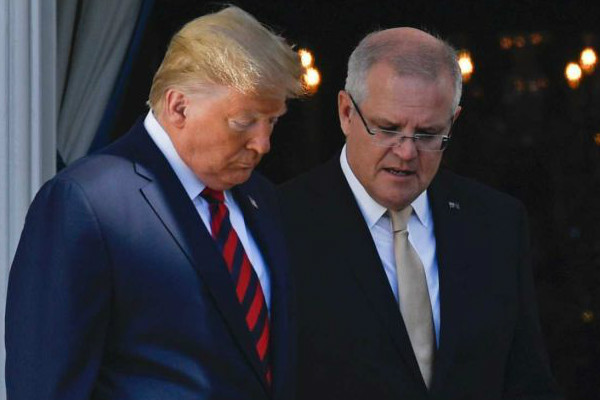
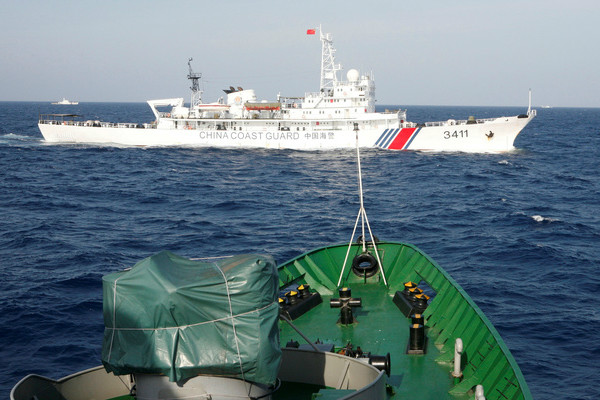

3 Comments To This Article
JennyAnderson
on Oct 31, 2019 at 10:51 PM - Reply
1Treatment for Herpes Simplex Virus with Herbal Root I was once a victim of Herpes Virus, I have severe outbreaks and it was really irritating. I was referred to a Herbal doctor whose name was Ahmed Usman from Africa through a health blogger page with lot of his patient testimony who were cured from different disease. At first I taught it was a scam because my doctor informed me that there is no cure for the virus, but I was so curious and I decided to give the doctor a try. I contacted him with his official email and he replied and asked for my Whatsapp number which I sent him and he gave me a call, he asked me few questions and how he prepare his Herbal Medicine. After he prepared the herbal medicine he sent it to me, which I received 3 days later through Courriel Service and with the doctor prescription I was cured within 21 days along side with the sores on my body and my Herpes result was negative with no trace of the virus on my blood, please don't get discouraged there is a cure for Herpes Virus with Herbal medicine and it is very affordable. You can contact him through his official email address; drahmedusman5104@gmail.com. Most of his patient are been cured with his herbal medicine for Cancer, Liver disease and diabetes.
bmalkawi
on Nov 14, 2019 at 12:55 AM - Reply
2The US-China rivalry is based on economics. For so many years, China has adopted industrial policy. Examples of industrial policy include domestic subsidies, IP issues, forced local content requirements, and other tools. This led to imbalance in trade terms. Although the US has one some cases at the WTO level, but this has not lead to change in China policy. The US should adopt industrial policy as well. Bashar H. Malkawi
WalterAA
on Feb 15, 2020 at 11:07 AM - Reply
3Hello everybody!!! I don't just know the reason why some people is finding it difficult to believe that there is a cure for herpes, I have been suffering from herpes since last two years with my wife but today I am happy that I have been cured from it with the herbal medicine made by papa Egbe the great healer, I was browsing the internet searching for help when I came across a testimony shared by someone on how Papa Egbe cure Him from Herpes Virus. I quickly contacted him to get the cure and today i am now free from the virus, I am so much happy today that we have someone like this great healer out there,please sir keep your good work cause there are many out there who is in need of your healing medicine. Contact him now on his email: papaegbespiritualtemple @ gmail . com or whatsApp him on +(234) 8134959928